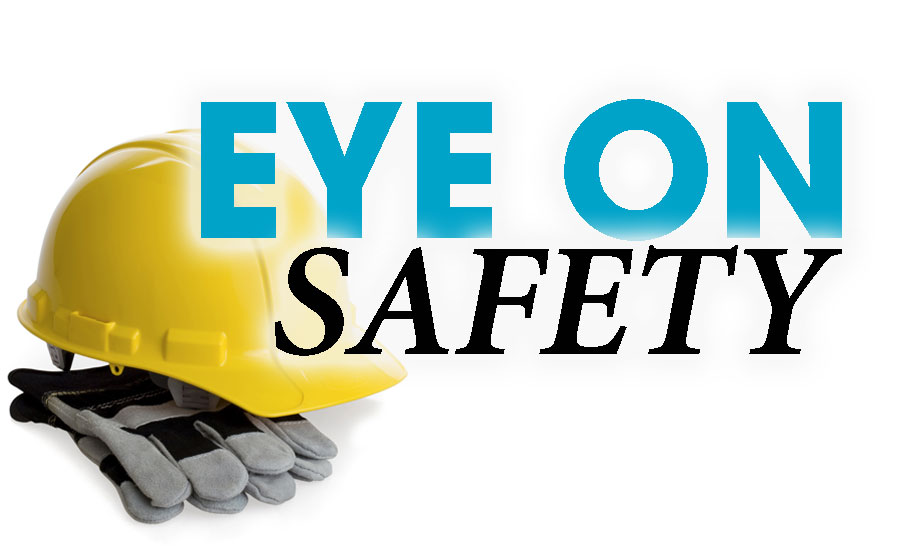Violence has unfortunately become an all too common problem in the workplace.
As an employer it is important, and your duty, to do what you can to prevent and prepare for a violent workplace incident. According to the Bureau of Labor Statistics, more than 70% of U.S. workplaces do not have a formal program or policy to address workplace violence. An effective program requires the following elements.
Prevent: The first step is evaluating your culture and the risks your organization faces. Is HR constantly fielding complaints of bickering and fights? To prevent workplace violence, you must first understand the climate within your company. A survey can be a helpful tool to get an idea of what areas require the most attention.
Once you have determined the focus areas, it is essential to cultivate buy-in. You need management buy-in to make any impact, but getting your employees on board also is critical. Create a security and safety committee to engage your employees. By being part of the solution, they will take the policies more seriously.
Policies and procedures: It is better to have policies and procedures in place and not need them, than to need and not have them! Establish strong pre-hiring assessments.
-
Ask and check references. You may learn a lot about a potential hire from previous employers. Ask about gaps or frequent job changes. The explanation may help you get a handle on who someone is before you hire them. Do a criminal records check as standard HR practice. Conduct these checks on hires, but you should do them before hiring.
-
Interview people in person. Though it is not always feasible for every position, it can be quite beneficial to experience face-to-face interactions.
-
Be aware of ADA requirements, which may apply if a potential hire indicates an emotional or mental condition. The risk of minor violence may not be enough to refuse to hire the person.
-
Develop a plan for crisis management and recovery so all parties understand their roles during and after an incident.
-
Look at where and how terminations take place and how you can make them safer. Have a procedure for employees
-
to report suspicious behavior. Make sure it provides anonymity, ensuring employees feel safe enough to report what they see. When an incident occurs, knowing where your workplace stands sends an important message to the workforce about your seriousness on this issue. The Secret Service developed threat assessment principles for schools, but these concepts also can be applied to other workplaces.
Weapons: Determine your policy for weapons on work premises. Under Indiana law, employers may not prohibit employees from bringing weapons to work if they are kept locked in a car. Some employers may want some employees armed; they may believe it will help keep the workplace safer. If you are trying to determine the right path for your organization, there are numerous questions to consider: How will you choose which employees? What training will be required? Will there be specific policies and procedures for maintaining and using weapons? Where will weapons be kept? Who will provide the weapons? Will everyone in the company know who is armed? Will your insurer cover it?
Formal evaluation of a workplace violence program is necessary. Your people change, your organization changes and the threats change. You need to perform regular evaluations to improve the program.
Training: The policies and procedures you’ve implemented won’t be effective unless you train your employees. These trainings are not one-time things, but should be continuous. For example, develop a situational awareness mindset. Help employees learn to pay attention to what is going on around them. Also, recognize suspicious activity. What are the indicators of potentially violent behaviors in an individual? And make sure to develop conflict resolution strategies and techniques to deescalate situations and prevent them from leading to violence.
Workplace violence is a tough subject to tackle. By being prepared for the worst, you are protecting what matters most in your organization.



